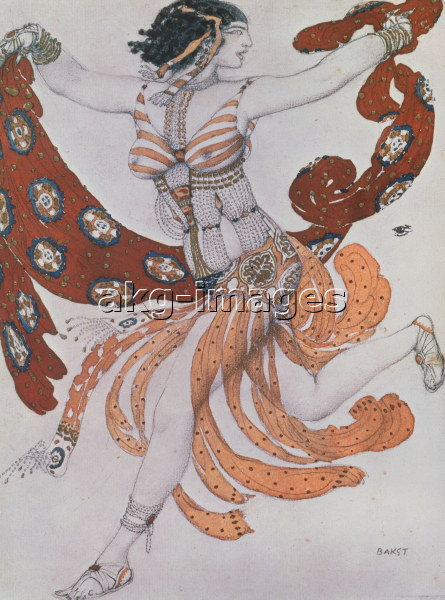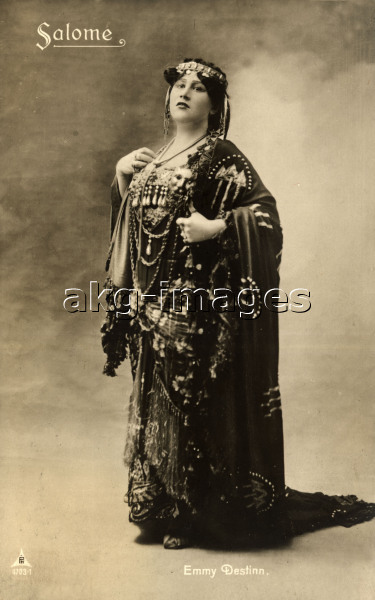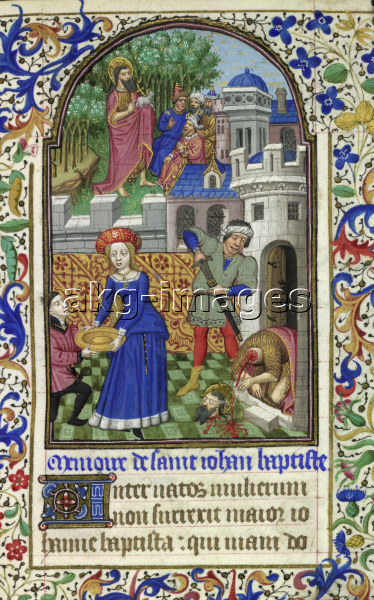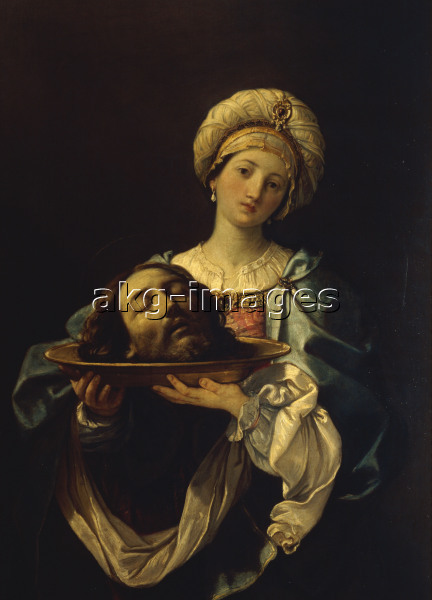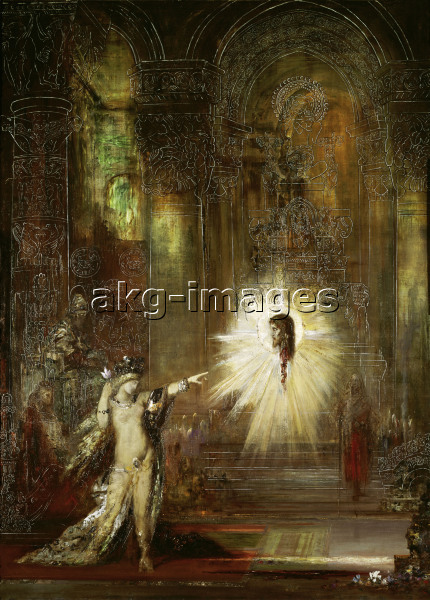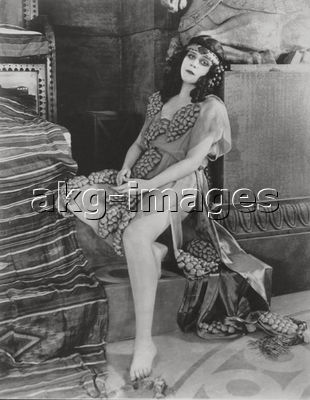Ch-ch-changes
It’s been a big week for comic book fans. First came the furore over the race and (possible) sexuality of a new Spider-Man*, then followed the first official shot of the new Superman, Henry Cavill, in his red-and-blue costume, and then this morning my Twitter feed was filled with links to the first photograph of Anne Hathaway as Selina Kyle/Catwoman in the latest Batman movie.
Fans of comic books and comic book movies are proprietorial about their favourite superheroes, so opinions on all three of this week’s reveals were divided. Unsurprisingly this turned to heated debate on Twitter and fan forums. My favourite tweet so far this morning about Catwoman’s new look ended with “No faith in anything anymore. :(” which seemed somewhat over the top to me, based, as it was, on one picture…
Amidst the tabloid coverage of the identity of a new Spider-Man at Marvel Comics, it is worth noting that Marvel’s rivals, DC Comics, are about to relaunch every single one of their comics in late August and September 2011, resetting all their titles to issue #1, resting some comics and commissioning new ones, with some major changes to their writing and art teams. Some characters will see their origins rewritten, their costumes redesigned, their motivations tweaked. It is a decision that takes courage, given that DC Comics risk a hostile reception from some readers.
I have always had a particular interest in Christian religious art, and in the way in which comic book artists convey stories in their panels in a similar manner to the artists of the early Church, who used art to illustrate stories from the Bible for the believers who could not read. I’ve also always been fascinated by the depiction of Salome in art. At university I had a poster of Guido Reni’s 1630 painting of Salome above my desk and spent a lot of my time staring at it. The poster is now framed and hangs in my dining room and it’s intriguing to see guests’ reactions to it: out of the darkness you first see Salome’s doll-like face, her white skin and blushing cheeks contrasting against the vague Eastern quality of her turban and clothes. It’s only after a few seconds that people clock the fact that she’s holding a platter, and on that platter is the greenish head of John the Baptist. It’s quite a shocking moment – it was for me the first time I saw it – all the more strange because Salome herself seems so bored, unaware of the horror she has caused.
That’s what interests me: the way Church and society have shaped artists’ depictions of Salome. Sometimes she’s calm, almost innocent, a passive pawn in the inevitable death of the Baptist; in some depictions (such as the Baldung Grien woodcut in the middle below) her smirk and overly ornate dress suggest the folly of woman, another Eve ready to cause man’s downfall. At the end of the nineteenth century Salome becomes established as the darker side of Orientalism, the exotic temptress of the harem, cranking up the heat at the turn of the century with productions of Oscar Wilde’s play and Richard Strauss’ opera, adding the Dance of the Seven Veils and a necrophilic kiss. This is also the version of Salome familiar to cinema, from Theda Bara to Norma Desmond, but it’s a far cry from the passive innocence of Titian or Reni’s Salome.
That’s not to say that any of these depictions is incorrect or any less valid. Artistic invention has added layers of meaning to what is otherwise a brief story in the Bible. Motivations are challenged and explained, complicated and clarified through the many artists who have written about, drawn or acted Salome. I’m sure the new look Spider-Man, Superman and Catwoman will all give the fans lots more to discuss in the coming months and, if they’re successful, decades, as the characters are reinvented and reinterpreted anew.
(* If you’re interested in the “new” Spider-Man I’d recommend this article from the always excellent Glen Weldon over at NPR’s Monkey See blog.)
